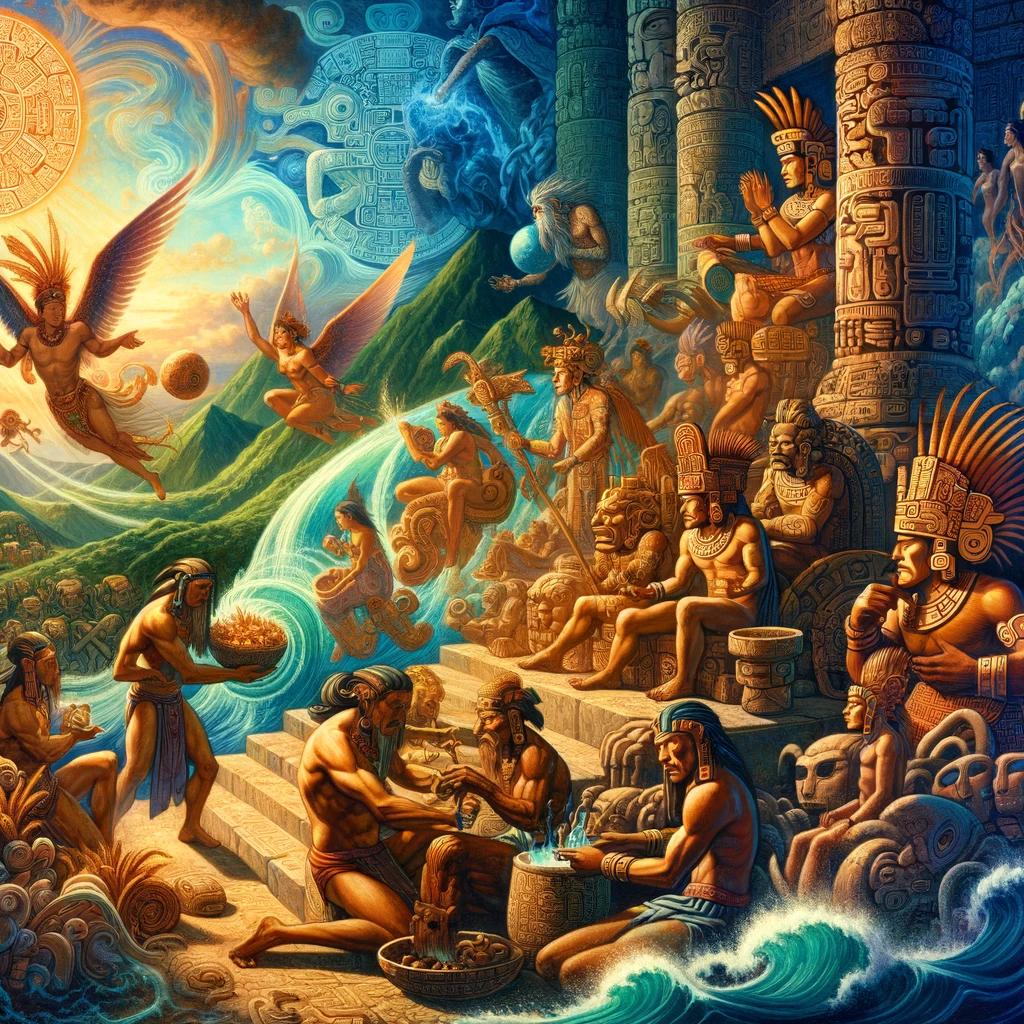providencemarianwood.org – From ancient folklore to modern fiction, the concept of shapeshifters—beings with the ability to transform from one shape or physical appearance into another—has captivated the human imagination. These creatures, often embodying the duality of human and animal, have been a recurring theme in mythology, literature, and popular culture, reflecting our deep-seated fascination with transformation and the hidden aspects of our nature.
Origins and Mythological Significance
Shapeshifting myths are found in cultures around the world, each with its unique interpretation of this phenomenon. In Norse mythology, the god Odin possessed the ability to shapeshift, often transforming into a bird or a wolf. Similarly, in Native American traditions, particularly among the Navajo, the skin-walkers are believed to be witches who can turn into animals to harm others. These myths often serve as cautionary tales, warning of the dangers of unchecked power or the consequences of straying from societal norms.
In many indigenous cultures, shapeshifting is not merely a fantastical ability but a spiritual practice. Shamans are said to shapeshift during their journeys to the spirit world, transforming into animals to gain their wisdom and powers. This connection between shapeshifters and the spiritual realm highlights the significance of these beings as intermediaries between the human and the divine.
Shapeshifters in Literature and Popular Culture
The allure of shapeshifters has not waned over time; if anything, it has grown stronger. In literature, from the werewolves of Gothic horror to the Animagus wizards of the Harry Potter series, shapeshifters have been a staple of the fantastical genre. They embody the struggle between instinct and reason, the wild and the civilized, offering a mirror to our own internal conflicts.
In modern popular culture, shapeshifters have taken on various forms, from the werewolves of “Twilight” to the shape-shifting aliens of “Star Trek.” These characters continue to explore themes of identity, transformation, and the Other, reflecting our ongoing fascination with what it means to be human.
The Psychological and Symbolic Dimensions
The enduring appeal of shapeshifters lies not just in their supernatural abilities but in the psychological and symbolic dimensions they represent. Carl Jung, the renowned psychologist, saw shapeshifters as manifestations of the shadow self—the parts of ourselves we repress or deny. By transforming into animals or other beings, shapeshifters confront and integrate these shadow aspects, symbolizing the journey towards wholeness and self-awareness.
Moreover, shapeshifters often embody the tension between nature and culture, the individual and society. Their transformations can be seen as metaphors for the human experience of change, growth, and adaptation. In this sense, shapeshifters are not just creatures of myth but reflections of our deepest fears, desires, and aspirations.
Conclusion
The beast within—the shapeshifter—continues to captivate and inspire us, bridging the gap between the mythical and the modern. Whether as gods, witches, or aliens, these transformative beings remind us of the complexity of human nature and the endless possibilities of change. As we continue to explore the mysteries of our inner selves, the shapeshifter remains a powerful symbol of the eternal quest for understanding, transformation, and integration.
